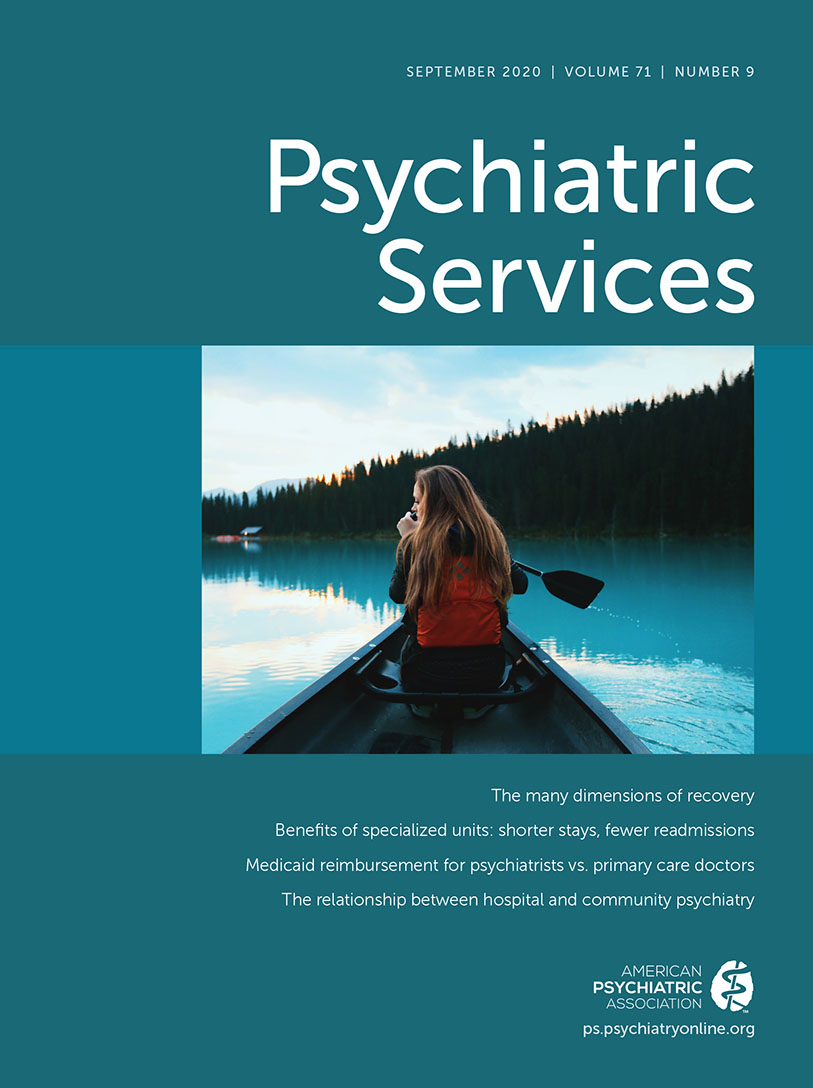Impact of Around-the-Clock Mental Health Staffing on Emergency Department Management of Patients Who Deliberately Self-Harm
Abstract
Objective:
Emergency departments (EDs) offer opportunities to deliver critical frontline suicide prevention services via assessment, safety planning, and linkages with community-based mental health care after discharge. Because mental health crises can occur at any time, this study sought to evaluate whether around-the-clock mental health staffing in the ED influences the likelihood of providing these evidence-based mental health services.
Methods:
ED nursing leadership from a national sample of 406 hospitals completed a survey on the ED management of patients who deliberately self-harm, including availability of mental health staff (psychiatrists, psychiatric nurses, psychologists, social workers, other mental health professionals). Analyses examined whether around-the-clock mental health staffing was associated with provision of key assessments, safety planning, and discharge practices, controlling for hospital characteristics.
Results:
There were no significant differences in the extent to which EDs with and without around-the-clock mental health staff routinely completed recommended assessment practices (71% and 70%, respectively). EDs with around-the-clock mental health staff were more likely than their counterparts to routinely provide two recommended safety planning practices (59% vs. 27%, p<0.001; adjusted odds ratio [AOR]=3.76) and were more likely to routinely schedule follow-up outpatient care (44% vs. 21%, p=0.002; AOR=3.26).
Conclusions:
Around-the-clock mental health coverage in the ED is associated with routine provision of key safety planning and discharge practices. EDs should have consistent access to staff either in person or remotely to facilitate the delivery of evidence-based mental health practices.



